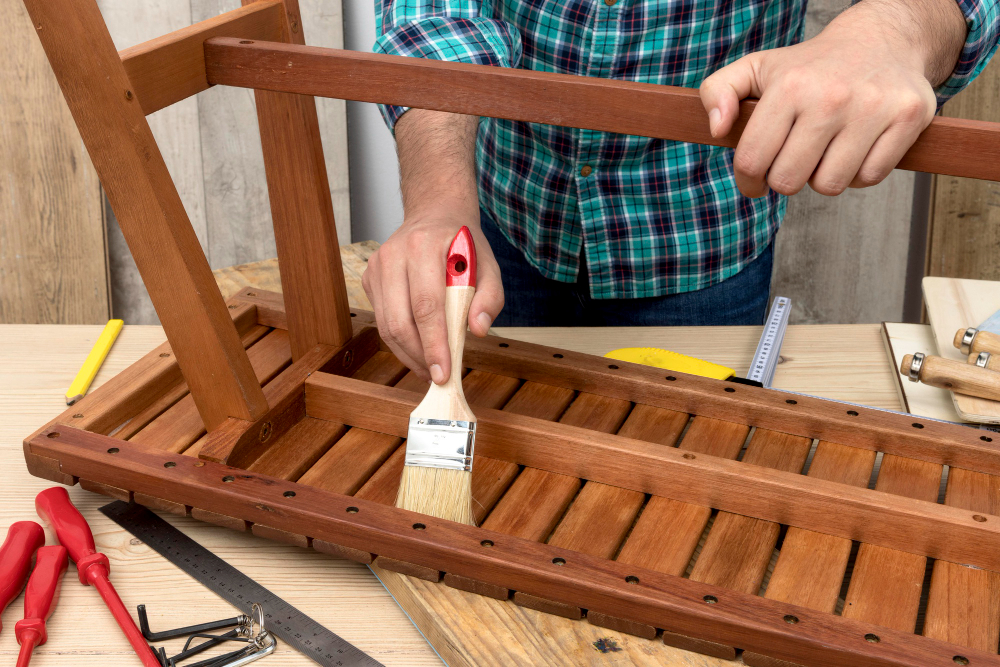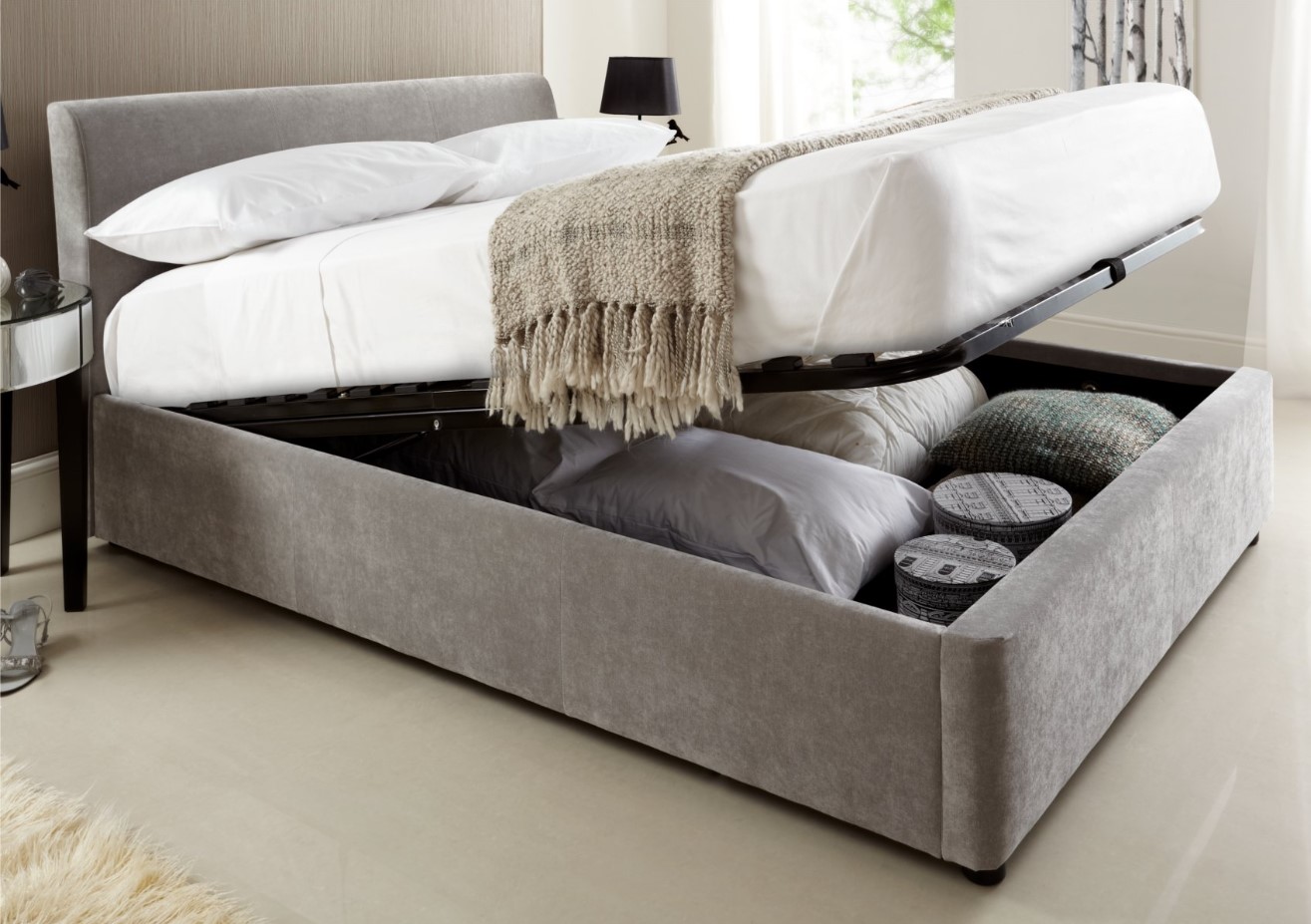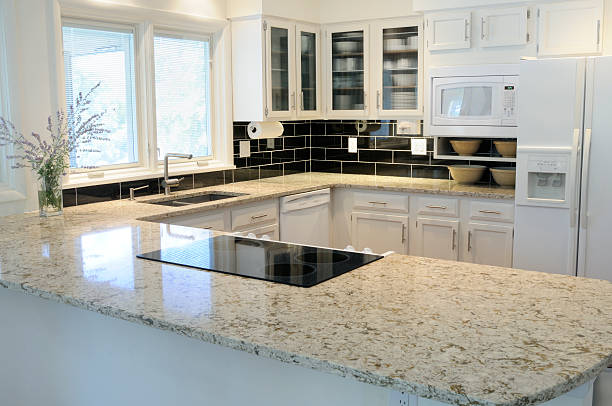10 Smart Tips for Buying High-Quality Used Furniture

In our constant quest to beautify our living spaces and make them a true reflection of our personalities, the journey often leads us to the crossroads of choosing between the shiny allure of brand-new furniture and the understated charm of pre-owned pieces. While the pristine finish of new items beckons with a promise of untouched beauty, there’s a growing appreciation for the elegance and uniqueness that high-quality used furniture brings to the table.
Not only does it allow us to be more environmentally conscious and sustainable, but with the right approach, it can also offer us a treasure trove of craftsmanship that’s hard to find in many modern pieces. Embarking on this path of combining thriftiness with quality might seem challenging. Still, with a discerning eye and a sprinkle of patience, you can curate a collection that rivals even the most luxurious of showrooms.
This article aims to be your trusted compass, guiding you with ten smart tips to ensure that your adventures in used furniture shopping yield masterpieces that are both captivating and of excellent value.
1. Inspect for Structural Soundness:
The longevity of any piece of furniture lies in its bones. Always prioritize structural integrity over cosmetic issues. Check for wobbly legs, broken frames, or any signs of damage. These might be more challenging and costly to repair compared to superficial scratches or faded upholstery.
2. Know the Market:
Understanding the current used furniture market, its trends, and the average price range is crucial. This knowledge ensures you’re paying a fair price. Engage in research, visit multiple sellers, and don’t shy away from bargaining.
3. Prioritize Solid Wood:
Solid wood furniture, as opposed to particleboard or MDF (medium-density fibreboard), tends to be more durable and long-lasting. It can also be sanded down and refinished multiple times, offering versatility and longevity.
4. Examine the Joints:
The way furniture is joined together can tell you a lot about its quality. Look for dovetail or mortise-and-tenon joints, which are signs of good craftsmanship. Avoid pieces that are merely glued or stapled together, as these are typically less durable.
5. Smell and Check for Mold:
One disadvantage of used furniture is the potential for mold or unpleasant odors. Give the piece a good sniff, especially if it’s upholstered. Mold or mildew can be a health hazard and can be tricky to completely remove.
6. Evaluate Upholstery and Padding:
For sofas and chairs, the quality and condition of the upholstery and padding are crucial. Check for any signs of sagging, worn-out cushions, or threadbare fabric. Remember, reupholstering can be an option, but it’s an added expense.
7. Research the Brand or Maker:
Some furniture brands are renowned for their quality and craftsmanship. If you stumble upon a piece from a recognized brand or a famous furniture maker, it’s likely a good find. However, make sure to verify its authenticity.
8. Look for Timeless Pieces:
While it’s essential to buy what you love, opting for timeless pieces ensures that your used furniture will not feel outdated in a few years. Classic designs tend to blend seamlessly with various interior styles, providing more value in the long run.
9. Always Measure:
Whether you’re buying a grand armoire or a petite side table, always measure the space where you plan to place the furniture. It ensures that the piece fits perfectly in your home and avoids any potential return hassles.
10. Consider Refurbishing Potential:
Even if a piece of used furniture shows signs of wear and tear, consider its potential after a makeover. With a fresh coat of paint, new hardware, or reupholstery, many old pieces can be transformed into stunning focal points.
Conclusion:
As our collective consciousness shifts towards more sustainable living practices, the decision to opt for high-quality used furniture goes beyond mere aesthetics or budget considerations. It’s a testament to our commitment to reducing waste, cherishing craftsmanship, and honoring the stories that every piece of furniture silently carries.
Each item you choose has weathered seasons, seen memories being built, and, when chosen with care, can seamlessly blend into your narrative, adding layers of depth to your décor. The journey of seeking out these treasures may require time, discernment, and sometimes, a little elbow grease. Still, the end result is a harmonious blend of history, quality, and style that truly makes a house feel like home. So, as you set out on this exciting venture, remember that with every piece you select, you’re not only making a sustainable choice but also becoming a part of a legacy. Dive in, explore, and let the stories unfold.



